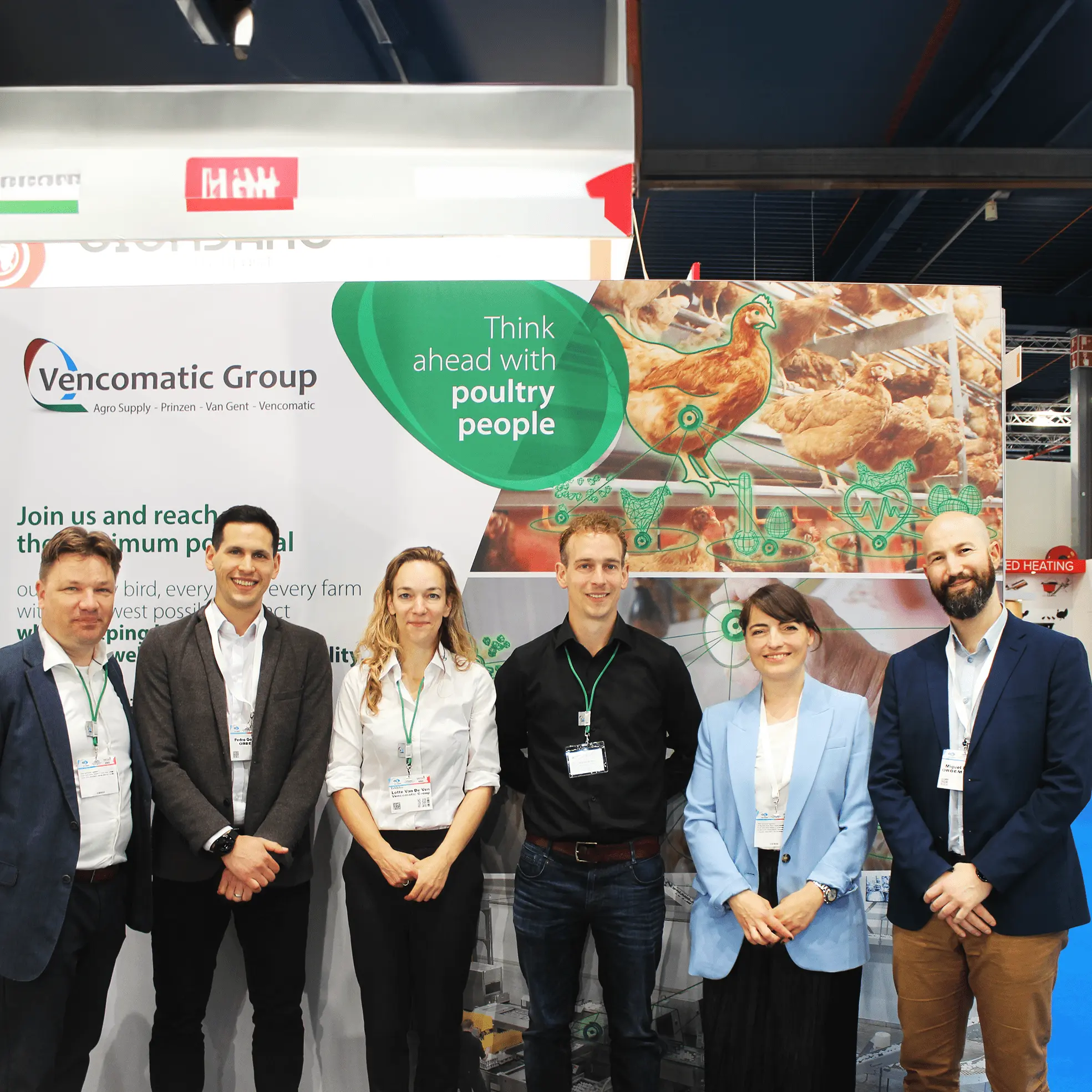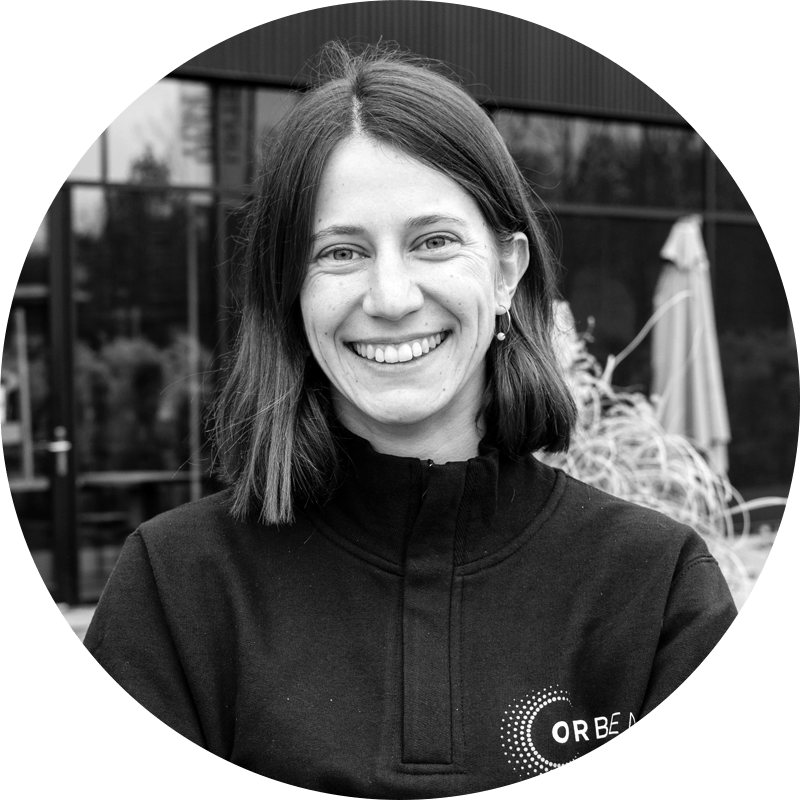Genus Focus for in-ovo sexing
Contactless, modular, and versatile.
In-ovo sexing
A solution to end male chick culling.

What is male chick culling?
It is estimated that 7 billion day-old male layer chicks are culled annually in the poultry industry. Aside from the significant impact on production performance and economic costs, there is increasing consumer pressure to develop solutions that incorporate animal welfare and sustainability. In-ovo sexing is the promising solution to this dilemma.

What is in-ovo sexing?
The term “in-ovo” is derived from the Latin phrase “within the egg”. In-ovo sexing is commonly defined as the process of identifying the sex of aviary animals (particularly poultry) before hatching. These processes assume that there are sex-specific characteristics (e.g. anatomical or chemical) under which the sex of the embryo can be detected.

When should in-ovo sexing be performed?
According to a prominent study recently conducted by the BMEL (German Federal Ministry of Food and Agriculture), the embryo does not perceive pain before day 13 of incubation. So, from an animal welfare standpoint, in-ovo sexing and subsequent actions to stop the incubation process should be performed on day 12 or before.
Why are contactless solutions better?
Eggshell perforation can impact hatchability.
Invasive methods (which laser a hole in the eggshell) further introduce biosecurity risks and are limited to flock ages when the eggshell is strong enough to bear the process. Contactless solutions are a great alternative that has no impact on hatchability, pose no biosecurity risks, and are free from flock age limitations.
Our technology
We combine accelerated MRI (Magnetic Resonance Imaging) with advanced deep learning algorithms and state-of-the-art industrial automation to scan, classify, and sort eggs before hatch.
What is MRI?
Magnetic Resonance Imaging (MRI).
MRI generates images using a magnetic field and radio frequency pulses. It is employed to visualize biological structures in a contactless way. It is radiation-free, and thus, safe for human and animal use.
It has been used extensively for academic research, including to study egg development. Orbem pioneered its industrial application, making it accessible for commercial hatcheries.
What is artificial intelligence (AI) and deep learning (DL)?
We use AI to energize MRI.
Artificial intelligence or AI enables machines to perform advanced cognitive processes such as problem solving. A branch of AI is machine learning, which enables computers to acquire new knowledge through simulation of the learning process. One subfield of machine learning is called deep learning or DL, which mimics how humans interpret images, sounds, text, and others by using deep neural networks.
The Genus Focus combines MRI technology with DL algorithms to accelerate MRI far past the speeds of medical MRI. DL analyzes the images of eggs collected by MRI and classifies these images depending on their anatomical differences. As these anatomical differences are independent of the breed of chicken, the technology can sex any chicken breed.
How does the Genus Focus for in-ovo sexing work?
Watch a video of our installation at our customer’s site.
Our customer installations
We have installations in France, Germany, and soon in the Netherlands. Two installations with a capacity of 6,000 and 18,000 eggs/hour have been operational at two locations in France since January 2023 in line with French regulatory requirements. One installation in Germany with a capacity of 9,000 eggs/hour has been operational since December 2023. Soon one installation in the Netherlands will be operational.
Our partnership with Vencomatic Group
Offering a fully automated solution for in-ovo sexing.
Who is Vencomatic Group?
Cage-free specialist for the past 40 years.
The Vencomatic Group offers unique solutions across the egg way, including housing equipment (Vencomatic, Van Gent), egg handling (Prinzen), and climate control (Agro Supply).
Combining hatchery automation and deep tech for in-ovo sexing.
The Genus Focus technology is the modular solution based on Orbem’s AI-powered imaging with Vencomatic Group’s automation equipment. It enables reliable and non-invasive real-time sex determination of poultry embryos on day 12 of incubation or before, with a throughput of up to 24,000 eggs per hour.
Read more about our partnership
Learn how Orbem and the Vencomatic Group are impacting the poultry industry.
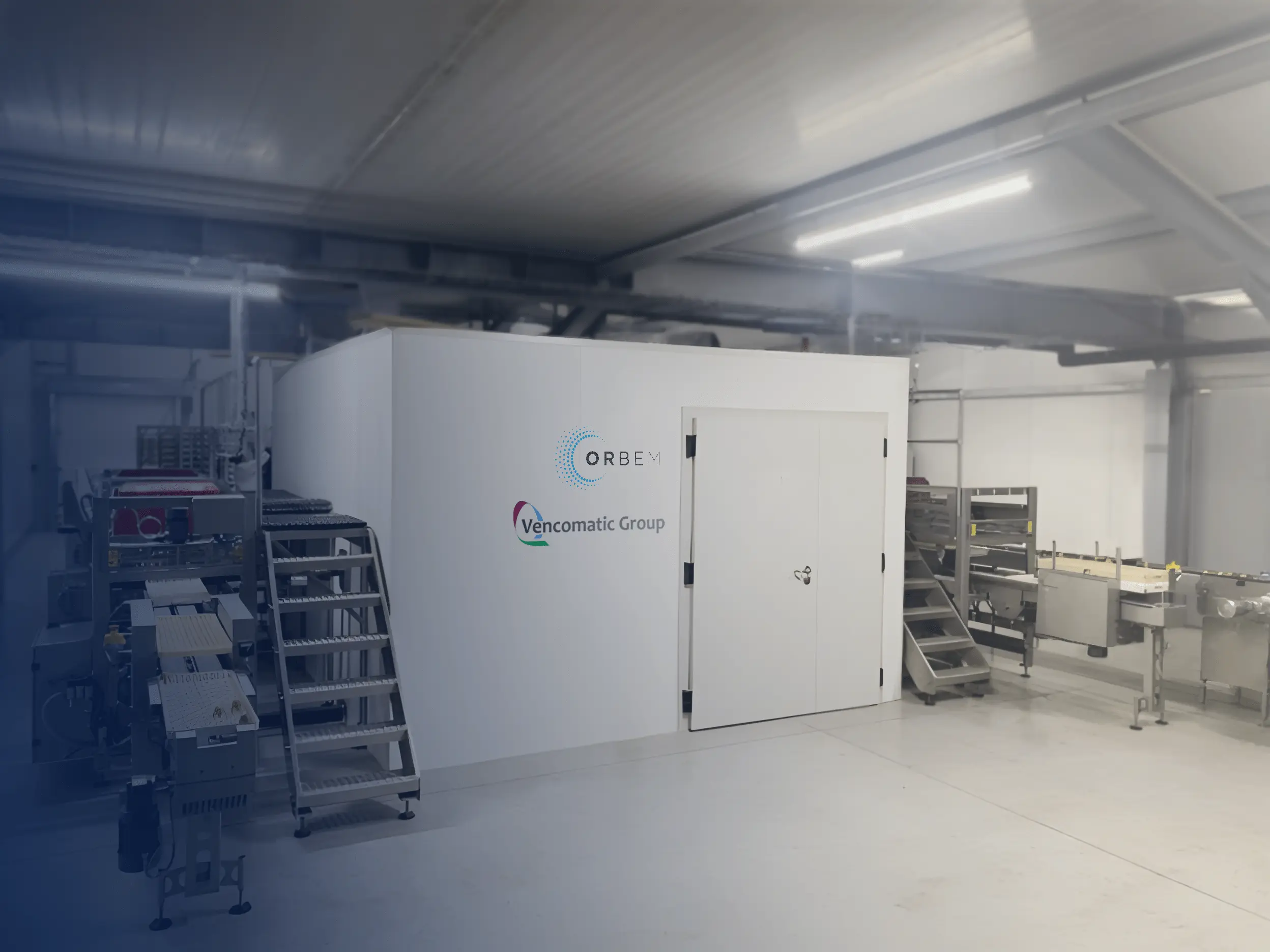
Genus Focus Non-Invasive In-Ovo Sexing fully aligned with Animal Welfare Standards
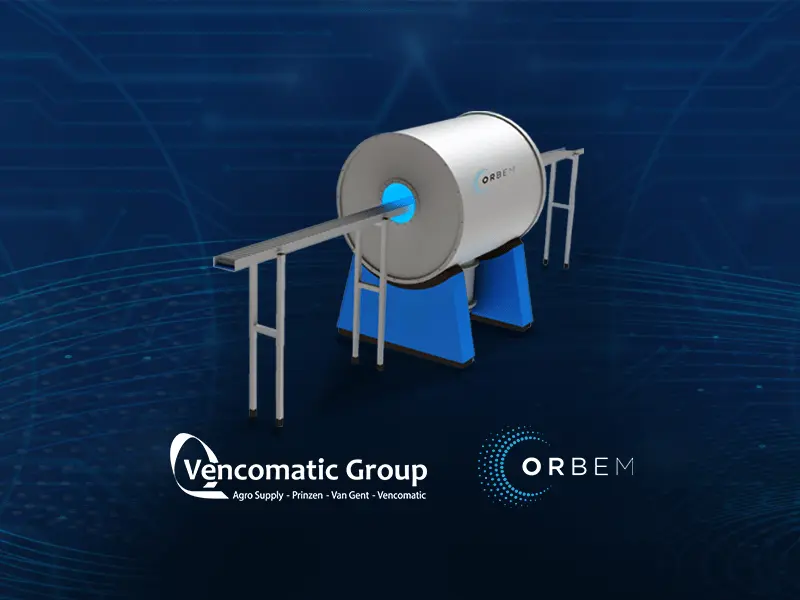
Vencomatic Group and Orbem Announce Strategic Partnership for In-Ovo Sexing of Poultry Eggs
Discover other milestones
Want to be updated on our product?
Hear all about Orbem’s milestones too!
Frequently asked questions
On which day can you perform in-ovo sexing?
We can determine the sex of the developing embryos on day 12 of incubation.
What do you do with the males?
Males are repurposed for alternative industries, such as animal feed, vaccines, or biogas production.
Does the technology affect embryo development?
No, magnetic resonance imaging (MRI) is a safe imaging technology. Unlike X-ray or CT, it does not emit ionizing radiation and does not affect embryo development.
What is the footprint of your system?
Our combined solution, including end-to-end automation equipment, can be installed within 16 x 10 m2 at 12,000 eggs/hour.
How many installations do you have?
We have installations in France, Germany, and soon in the Netherlands.
Two installations with a capacity of 6,000 and 18,000 eggs/hour have been operational at two locations in France since January 2023 in line with French regulatory requirements.
One installation in Germany with a capacity of 9,000 eggs/hour has been operational since December 2023.
Soon one installation in the Netherlands will be operational.
Can it operate in any hatchery environment?
Yes, our solution is designed to operate in any hatchery environment.
Does your solution pose a risk hazard for our operators?
MRI works using a magnetic field that is clearly marked and contained in a separate room. Going inside the room requires training so that operators are aware of the necessary safety measures. In normal operations, the room containing the magnetic field is not accessed and operators are not exposed to strong magnetic fields.
How do you determine the sex of the embryo?
We focus on anatomical differences between the sexes.
Does the technology work for all breeds?
Yes, our system is the only non-invasive solution in the market that works across all breeds. It also has the capability to do further egg analytics, such as determining the development status of an embryo, and the internal quality of an egg.
What is the cost of your solution?
What are your delivery times?
We can deliver a full end-to-end solution within 8-10 months and are working with our suppliers to accelerate delivery times.
Can your system handle any kind of setter tray?
Yes, our modular design and end-to-end solution can work with all setter trays in the market.
How many operators do you need, and what is their required level of training?
Only one operator is required for up to 8 modules in parallel. They need to handle the automation equipment on a daily basis and receive a one-week training for using the entire system, including automation, Genus Focus MRI, and IT equipment.
Do you have supply chain verification?
We understand the importance of transparency and traceability in today’s marketplace. For this reason, our solution incorporates third-party supply chain verification through the KAT Prüfsystem. You can confidently trace every egg and flock back to its source, ensuring industry standards and regulatory compliance.
Discover the value of contactless and versatile in-ovo sexing
How does the Genus Focus integrate into your hatchery?
Contact us for an introductory meeting and learn more about the Genus Focus for in-ovo sexing.
Download our leaflet to gain more insights.
Jennifer Volz
Business Development Lead












